You know the feeling: You hit the snooze button for the third time and drag yourself out of bed, still feeling exhausted.
You may feel tired all day and reach for coffee to stay awake. But the second your head hits the pillow, you're wide awake and can't fall asleep. This pattern of feeling tired all day and wide awake at night is a classic sign of a broken sleep schedule. This occurs when your body's circadian rhythm is out of sync with your daily routine.
Your body's circadian rhythm is the natural 24-hour clock. It regulates various functions, including sleep-wake cycles, hunger, energy levels, and mood.
When it's working correctly, you'll feel awake and alert during the day and tired and able to sleep at night. But if it gets thrown off, your energy and sleep can be out of sync. And your overall health and well-being can be adversely affected.
Several things can help reset your circadian rhythm, but none are as powerful as exposure to light. Light exposure is the driving force for proper circadian rhythm function.
The article discusses how to address circadian rhythm dysfunction, drawing on scientific research and expert consensus. It will also provide information on using light and light therapy to reset the circadian rhythm.
Understanding Your Circadian Rhythm
Before you learn how to fix circadian rhythm problems, it's good to know what disrupts your internal clock.
The Master Clock and the Zeitgebers
Your body's circadian rhythm is controlled by the suprachiasmatic nucleus (SCN). The SCN is an area in the brain that serves as the "master clock."
It responds to triggers of light and darkness that come through your eyes. It tells your body when to sleep, wake, become hungry, and produce certain hormones. Think of it as your body's timekeeper setting your internal schedule.
Your body's internal clock does not operate entirely independently. Instead, it needs signals from the environment. Specific external cues, known as zeitgebers, synchronize your internal clock. Zeitgeber is derived from the German word that means time giver.
When it comes to circadian rhythm, the most powerful zeitgeber is exposure to light. Exposure to light triggers the SCN to produce cortisol, the hormone that helps wake you up. As the light decreases in the evening, the hormone melatonin is produced, which helps induce sleepiness.
Light is not the only external trigger. Factors such as mealtimes, social interaction, and exercise also regulate the internal clock.

7 Common Reasons Your Circadian Rhythm is Out of Sync
There are several reasons your circadian rhythm may become out of sync, including those listed below.
Lack of a consistent sleep schedule
An inconsistent bedtime, such as sleeping on weekends, can confuse your body's internal clock.
Shift work or frequent travel/jet lag
This disrupts your circadian rhythm because it forces you to be asleep or awake at times that don't match your body's internal circadian rhythm. For example, working overnight and being alert goes against your body's natural 24-hour clock, which wants you to sleep at night.
Exposure to blue light from screens at night
Light suppresses melatonin, which helps regulate sleep patterns. If you are exposed to blue light from screens at night, it tricks your brain into thinking it is daytime, and you should be awake.
Lack of natural sunlight during the day
If you don't get enough sunlight, the SCN does not get the strong signal that it's daytime. This weakens the production of cortisol, which is responsible for waking you up.
Poor diet
Poor dietary habits (such as eating meals late at night and drinking caffeinated or alcoholic beverages) can interfere with the signals your body uses to regulate sleep-wake cycles.
Physical inactivity or late-night exercise
If you are sedentary throughout the day, your body does not get a strong daytime signal. This can lead to feeling sleepy during the day and trouble falling asleep at night. Late-night exercise sessions may have the opposite effect. They may send a signal to your body that it is still daytime, suppressing melatonin production and thereby preventing you from sleeping.
Age-related changes
As we age, circadian rhythms change. In general, our circadian rhythm gradually becomes earlier, which can lead to circadian rhythm disruption. According to the Sleep Foundation, changes to circadian rhythm are a common cause of sleep problems in older adults. For instance, a 2022 review article published in Permanente indicated that about 20% of older adults have circadian rhythm disorders.

The 5-Step Blueprint to Reset Your Circadian Rhythm
It is possible to reset your circadian rhythm. Consider the following actionable steps to enhance your overall sleep quality.

Step 1: Harness the Power of Light
Since light exposure is one of the primary triggers for maintaining an optimal circadian rhythm, it is a crucial first step.
Morning Sunlight Exposure
Exposure to morning sun within 30 to 60 minutes of waking is an essential step in regulating your circadian rhythm.
Light exposure enters your eyes and activates cells. Those cells then send messages to the SCN to suppress melatonin production and stimulate cortisol production. This delicate balance of hormones helps:
- Boost your energy level and wakefulness in the morning
- And promotes sleep in the evening.
Try to get 10 to 15 minutes of outdoor light exposure every day within an hour of waking.
But don’t just sit in front of a window. Sunlight through a window is less effective than being outside.
When you go outside, the light intensity your eyes receive is much higher than when filtered through a window. The SCN uses this specific light intensity to activate the cells, subsequently producing and suppressing cortisol and melatonin. The light intensity outside is often 10,000 LUX or over.
Light filtered through a window loses its intensity and may only be a thousand lux. This is far below the intensity needed for circadian rhythm effects.
It may not always be possible to get natural sunlight exposure. Sunlight exposure can be challenging, depending on your work schedule, geographic location, and the time of year. A light therapy lamp can be a solution for individuals who are unable to get natural sunlight. Light therapy mimics exposure to natural sunlight, triggering a similar physiological response to outdoor exposure.
Evening Light Management
Exposure to artificial light, particularly blue light in the evening, can suppress melatonin production. This can interfere with falling asleep. Taking specific steps can decrease exposure to artificial:
- Try dimming the lights
- Use red or yellow light bulbs
- Use blue-light filtering glasses or apps

Step 2: Set and Stick to a Consistent Sleep Schedule
Setting and sticking to a consistent sleep schedule helps reset your circadian rhythm. When you go to bed and wake up at about the same time, your SCN recognizes these patterns. It starts predicting when it should trigger the release of cortisol in the morning and melatonin at night.
If you need a circadian rhythm reset and bedtime shift, it is best to use a chronotherapy-based strategy. This involves using controlled shifts in sleep and wake times to realign your circadian rhythm with the desired schedule. For example, it may involve adjusting your bedtime and wake time by about 15 to 30 minutes every few days, allowing for a gradual change.
Also, practice the “no snooze, no sleeping in” rule, even on the weekends. When you hit the snooze button, your brain sends mixed messages about whether you should stay asleep or wake up. Sleeping in on weekends can also disrupt your circadian rhythm.

Step 3: Optimize Your Diet and Meal Timing
Caffeine and Alcohol
Both caffeine and alcohol can disrupt sleep cycles. For example, alcohol can disrupt REM sleep and your overall quality of sleep. Try to limit alcoholic beverages three or four hours before bed.
Caffeine can also negatively affect normal circadian rhythms. It interferes with melatonin production, making it harder to fall asleep. Avoid caffeine about 6 hours before bed.
Meal Timing
Time-restricted eating involves an eating pattern that is limited to a specific time window, typically during the day. Aligning your meals with daylight hours can support your circadian rhythm. It is also helpful to avoid large meals 2 to 3 hours before bed. Late-night meals may decrease melatonin production and increase nighttime cortisol.

Step 4: Time Your Exercise for Maximum Impact
Physical exercise can be a cue for the circadian rhythm. For example, if you exercise in the morning or early afternoon, it can help reinforce your wake signal. Exercise also helps improve sleep quality, including deep sleep.
However, avoid late-night vigorous exercise. This can signal to your brain that it is still daytime and suppresses melatonin production.

Step 5: Craft the Perfect Sleep Environment and Routine
Circadian rhythm reset also includes creating the perfect sleep environment and routine.
The Bedroom as a Sanctuary
Most people sleep best in a calm, dark, quiet environment. According to the Sleep Foundation, the ideal sleep temperature is between 65°F and 68°F.
It may also be helpful to use blackout curtains or an eye mask to keep your environment dark and undisturbed. If needed, consider earplugs or a white noise machine to keep your environment quiet.
Wind-Down Routine
It's helpful to unwind from the day and relax. Establish a 30- to 60-minute bedtime routine. Doing this signals to your brain that it's time to rest and go to sleep. Consider a wind-down routine that involves:
- Reading
- Taking a warm bath
- Light stretching
- Listening to a podcast or music
Consider a light such as Bright Health 360 Mood and Energy-Enhancing Light. With four adjustable light settings, the lamp serves as both a bright light therapy source and a general lighting option. It can also be used as a task light to create the perfect ambiance and keep your space gently lit towards the evening.
Frequently Asked Questions (FAQs)
How long does it take to reset your circadian rhythm?
The amount of time it takes to reset your circadian rhythm may depend on the cause of the disruption. A study in Clinical Evidence shows that jet lag can disrupt your circadian rhythm. This usually improves within 4 to 6 days after you arrive in a new time zone.
A circadian rhythm reset due to daylight saving time may take longer to adjust. "The end of daylight savings time disrupts the sleep cycle, and it may take up to a week to adjust to the time change." - Dr. Anise Wilson, Sleep medicine expert at Baylor College of Medicine.
In other instances, if the disruption is severe, resetting the circadian rhythm can take a few weeks.
Can melatonin supplements help?
Melatonin is a naturally occurring hormone that helps promote sleep. However, your body's melatonin production can become out of sync with your environment. Taking a melatonin supplement at the right time may help realign your internal clock.
However, supplements are not FDA-regulated. They are typically recommended for short-term use, such as to alleviate jet lag, rather than as a long-term solution. Consulting with your health care professional before taking any supplement, including melatonin, is also essential.
What is the best way to fix your rhythm after Daylight Saving Time?
It is helpful to manage your circadian rhythms after Daylight Saving Time with a simple action plan, such as:
- Wake up at your usual time according to the clock.
- Get outside within 30 minutes of waking and spend 15 minutes in the sunlight, or use light therapy if you cannot get direct sun exposure.
- Maintain a consistent bedtime with the new time. Avoid staying up late because of changes in time.
- One to two hours before bed, dim the lights.
- Try to avoid other sleep schedule disruptions, such as late-night outings, while you adjust to the time change.
Conclusion: Consistency is Key
Resetting your circadian rhythm requires patience and consistency. The time it takes may depend on the severity of the disruption. Light exposure is one of the most potent tools for resetting your circadian rhythm.
Light in the morning helps stimulate cortisol production, aids in waking up, and suppresses melatonin. As the sun sets in the evening, melatonin production increases, promoting sleep.
When you follow good habits, you help your sleep.
These habits include:
- Getting sunlight in the morning
- Going to bed at the same time each night
- And exercising regularly.
A healthy sleep cycle builds the foundation for your long-term health and well-being.
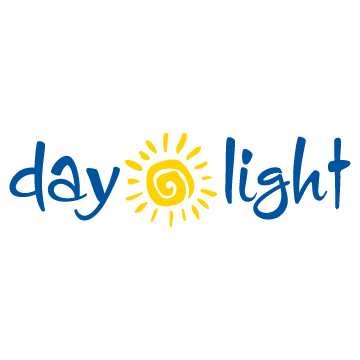
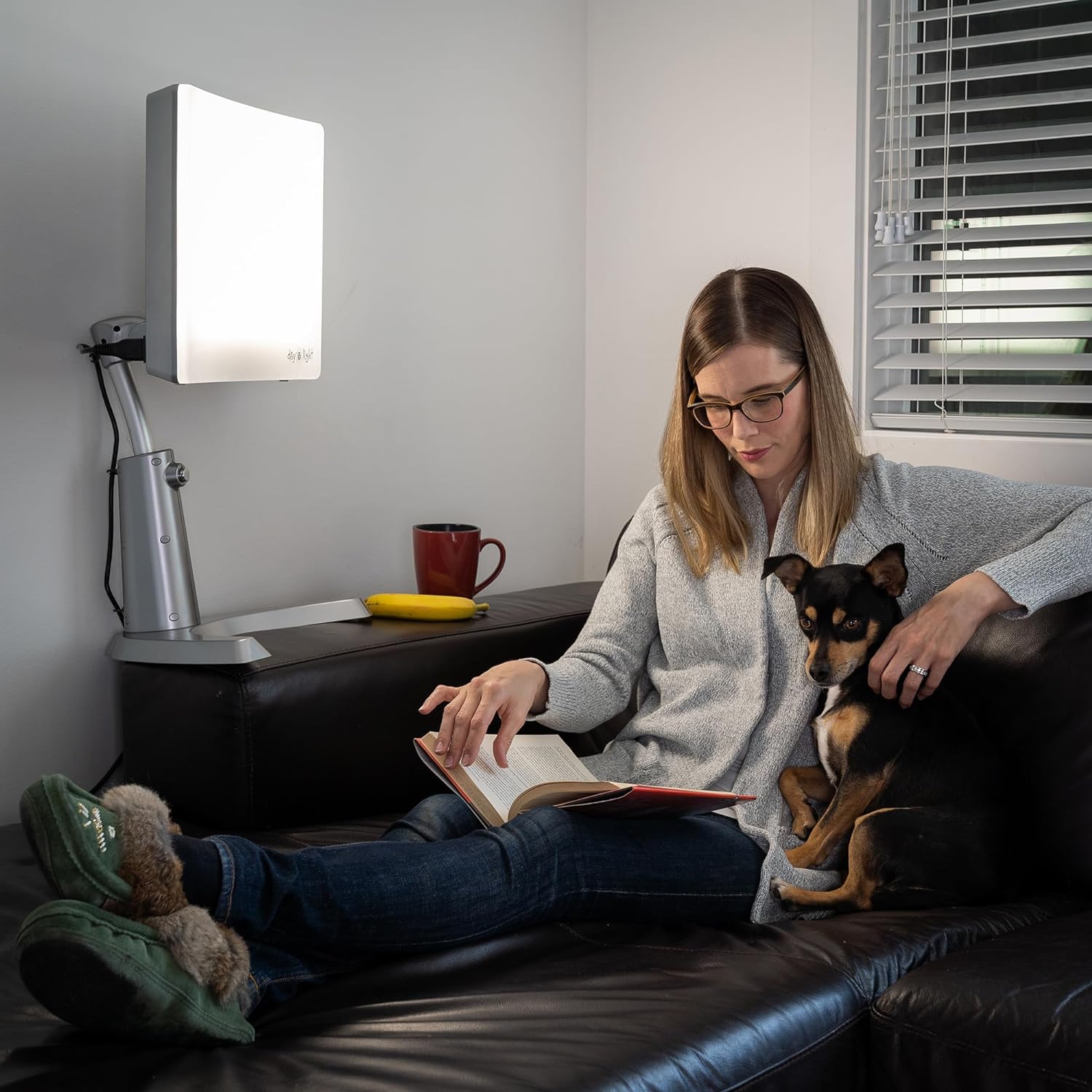

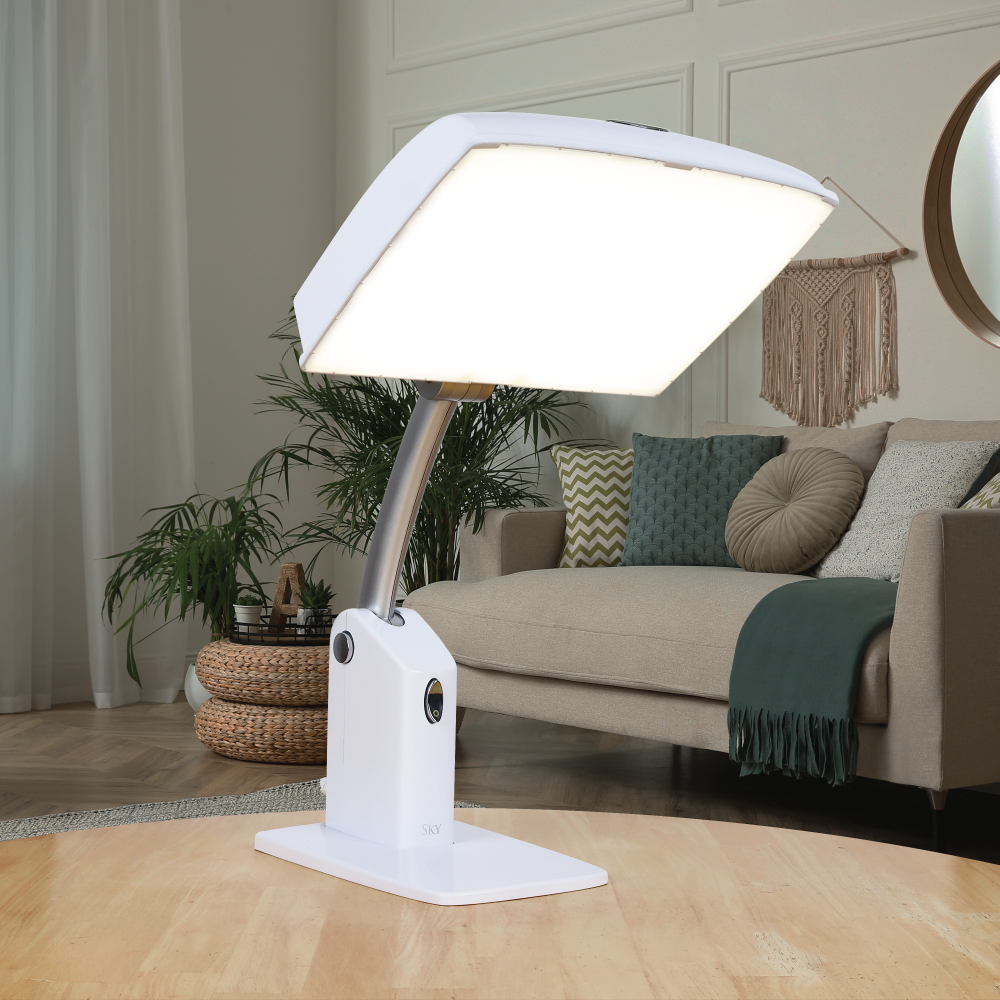
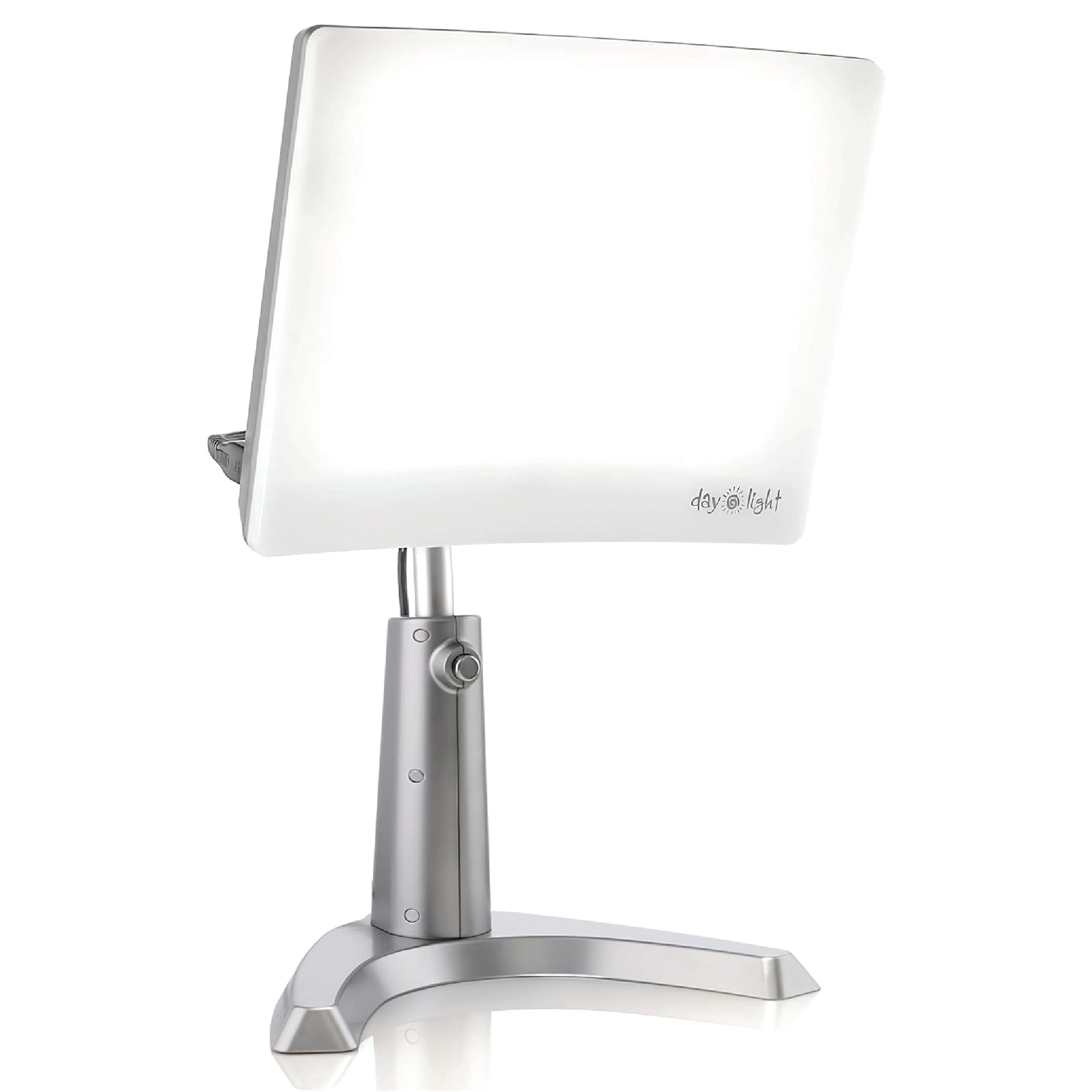
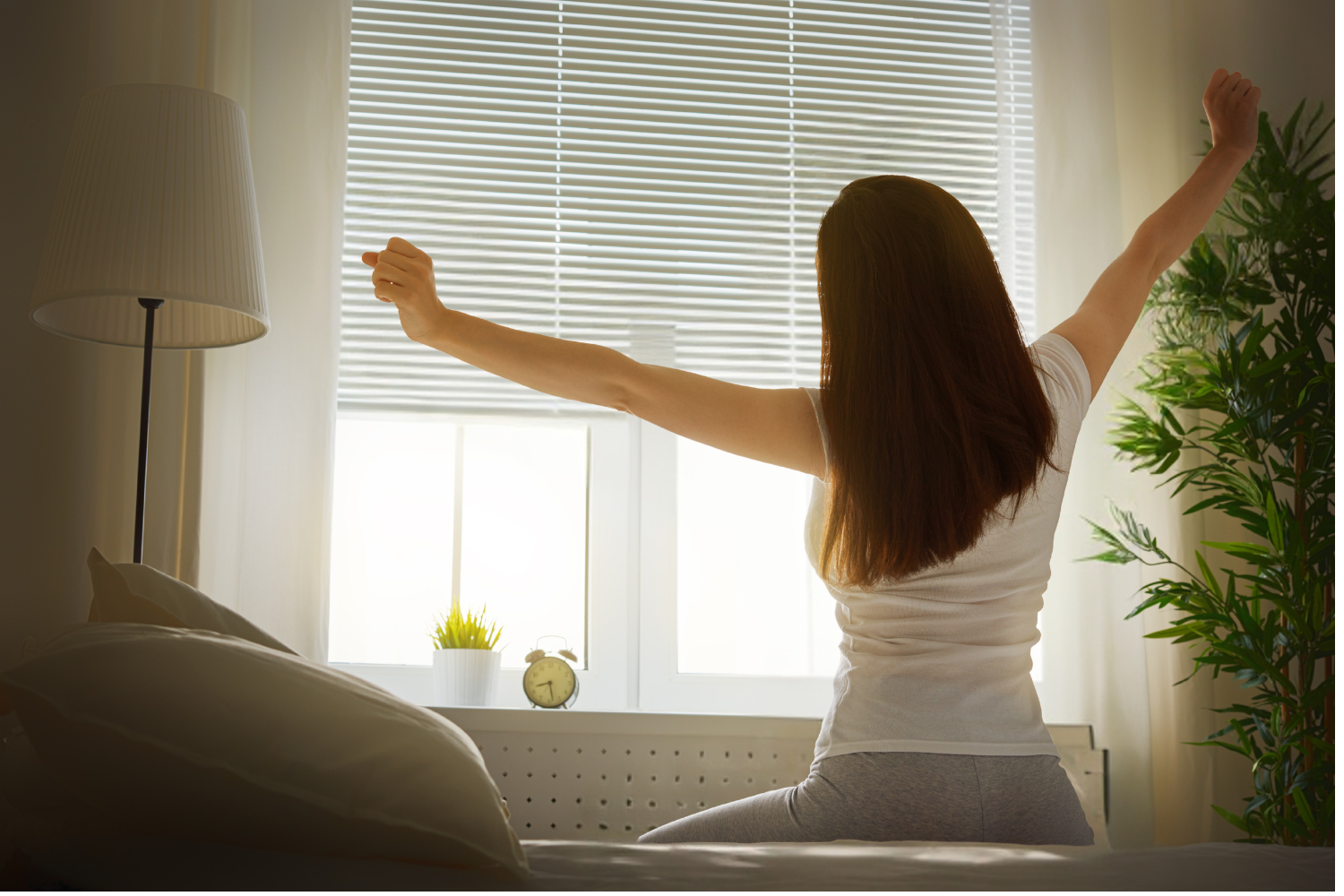


Leave a comment
All comments are moderated before being published.
This site is protected by hCaptcha and the hCaptcha Privacy Policy and Terms of Service apply.